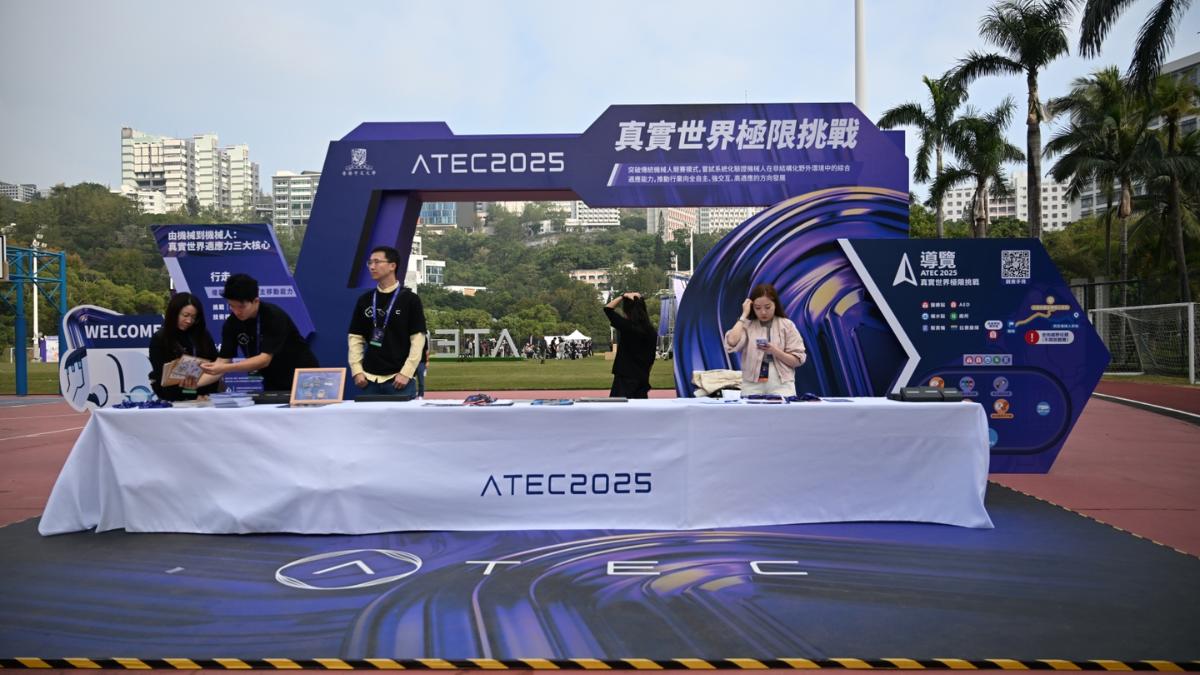Huawei is reportedly developing 3nm GAA (Gate-All-Around) chips, marking a bold step in China’s efforts to close the semiconductor technology gap with the West. According to Taiwan Economic Daily, the Chinese tech giant has already begun R&D on the next-generation node, with plans for tape-out by 2026.
This ambitious move follows Huawei’s success with its Kirin X90 SoC, built on SMIC’s domestic 5nm process, showing the company’s growing capability to innovate despite sanctions and restrictions.
With the 3nm GAA project, Huawei is pushing the envelope by experimenting with two-dimensional materials, aiming to improve performance and reduce power consumption compared to conventional silicon-based designs.
While Samsung Foundry is the only company currently using GAA for 3nm chips, Huawei’s interest in similar architecture sparks speculation about potential partnerships, though no official collaboration has been confirmed.
In addition to GAA, Huawei is also exploring carbon-based designs using carbon nanotubes, a radical alternative to traditional silicon, further reinforcing the firm’s intention to leap ahead in chip technology. If successful, Huawei would be among the first to test such a design at this node size.
Huawei’s strategy aligns with its broader goal of becoming self-reliant and globally competitive across mobile, AI, and computing markets. By vertically integrating its supply chain and collaborating with local foundry SMIC, Huawei is positioning itself as a serious contender in the global chip race.
If Huawei reaches a successful tape-out in 2026, it could mark a major milestone in China’s semiconductor independence, challenging Western dominance in advanced chip manufacturing.












